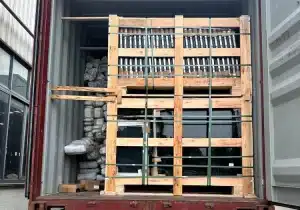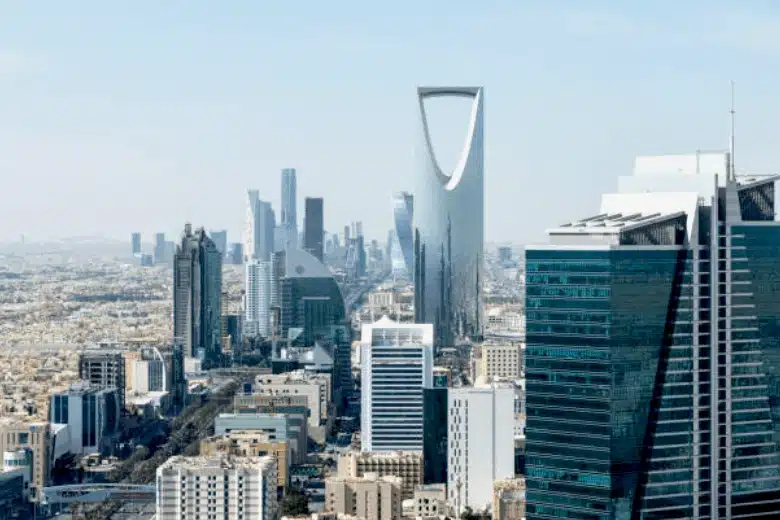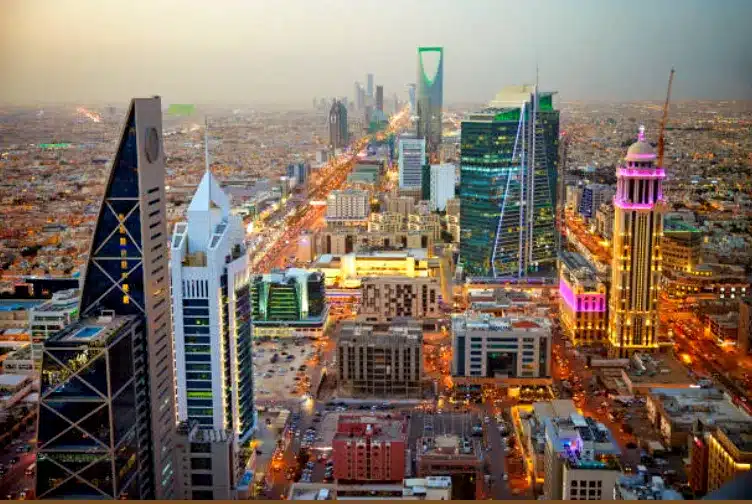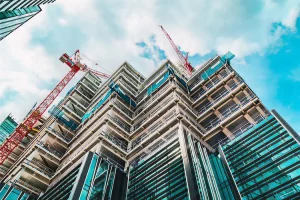
The Hidden System Behind Cross-Border Facade Delivery
The Hidden System Behind Cross-Border Facade Delivery When people admire the shape of a tower or the clarity of a glass facade, few notice the

In Saudi Arabia’s Vision 2030, sustainable urban development and cultural identity are among the key priorities. As the city’s most visible element, the building façade serves as both a guardian of energy performance and a messenger of culture.
Drawing on our projects in Doha including Centro Mall, Burj Al Mana Tower, and QET-JMA Mosque —SunFrame has honed expertise in merging advanced façade technology with local cultural expression, providing insights applicable to Saudi Arabia’s evolving urban landscape.
A recent example in Riyadh is the Royal World Culture Museum, where SunFrame’s interior glass curtain wall combines technical innovation with architectural elegance, reflecting the ambitions of Vision 2030.
In Saudi Arabia’s tough desert climate, façades can’t just look good. They also have to handle blazing heat, strong sunlight, and sandstorms while still keeping buildings energy-efficient and durable.
Saudi Arabia’s natural conditions are unforgiving:
• Temperatures above 50°C and long-term UV exposure
• Frequent sandstorms, causing abrasion and sealing challenges
• Large diurnal temperature swings, testing thermal stress resistance
In such contexts, façades cannot be “off-the-shelf” solutions. Instead, façades need to be fully optimized systems.
Next, we will see how SunFrame has tackled these challenges in real projects.
☞ Centro Mall:
The G+1 Centro Mall Project is featured by the perforated aluminum panels with orientation-specific porosity and flexible joints, which can reduce thermal stress.
High-performance Low-E glass combined with modern Mashrabiya shading cuts solar heat gain while reflecting cultural heritage.
A composite system of perforated panels, smart louvers, and skylights balances daylight, ventilation, and shading.
☞ Royal World Culture Museum, Riyadh:
With its floor-to-ceiling jumbo glass panels and suspension-based system, this interior curtain wall showcases how complex engineering and careful planning can create both a safe and visually striking environment.
★ Material durability: Special alloys with PVDF coatings resist high temperatures, UV radiation, and sand abrasion.
★ Structural adaptability: Expansion joints and flexible connections prevent breakage or sealing failures under thermal stress.
★ Ease of maintenance: Modular units enable simple replacement, with integrated auto-cleaning systems reducing lifecycle costs.
★ Environmental control: Smart glazing and shading systems optimize daylight while lowering cooling loads.
Islamic geometric patterns convey harmony, order, and infinity—core symbols of Saudi culture. SunFrame transforms these patterns into functional design elements that enhance shading, privacy, and daylighting.
In these projects, we translated traditional patterns into functional façades, letting sunlight dance through Mashrabiya-inspired panels while keeping interiors cool and comfortable.
☞ Burj Al Mana Tower: Reimagined traditional Mashrabiya as digitally fabricated shading systems, ensuring privacy, ventilation, and rhythmic light patterns.
☞ QET-JMA Mosque: Applied parametric design to perforated panels, allowing sunlight to project dynamic, poetic patterns that shift with time, blending shading with atmosphere.
☞ Centro Mall: Used parametric perforations inspired by desert winds, turning the façade into a narrative canvas.
☞ Royal World Culture Museum: Even though it’s an interior project, the curtain wall design communicates rhythm, openness, and a sense of space that resonates with local culture, bridging functional engineering and the museum’s storytelling mission.
Looking ahead, SunFrame continues to push the boundaries of façade design by the following ways:
★ Localized parametric design: Digitally reinterpret Najdi and Hijazi motifs into unique Saudi façade languages.
★ Smart shading systems: Adjustable geometric screens that respond dynamically to sun angles, enhancing comfort and efficiency.
★ Advanced fabrication: CNC precision and 3D printing make intricate designs feasible.
★ Energy integration: Embedding photovoltaics into patterned panels unites cultural expression with renewable power.

To support Saudi Arabia’s Vision 2030, SunFrame delivers desert-resilient, geometry-driven façades that are technically robust and culturally meaningful. As a result, these façades help cities achieve a future that is green, modern, and culturally confident.

The Hidden System Behind Cross-Border Facade Delivery When people admire the shape of a tower or the clarity of a glass facade, few notice the

What Developers Really Look for in Façade Partners — and Why It Matters Picking the right façade partner may look easy at first. However, anyone who’s handled a

Green Building Trends: Aluminum vs. Stainless Steel for Living Façades As green building shifts from trend to standard, the building’s “skin” is undergoing a transformation.

Burj Al Mana Tower: The Story Behind Its Complex Façade and Engineering Rising over Doha’s West Bay, the Burj Al Mana Tower has a story